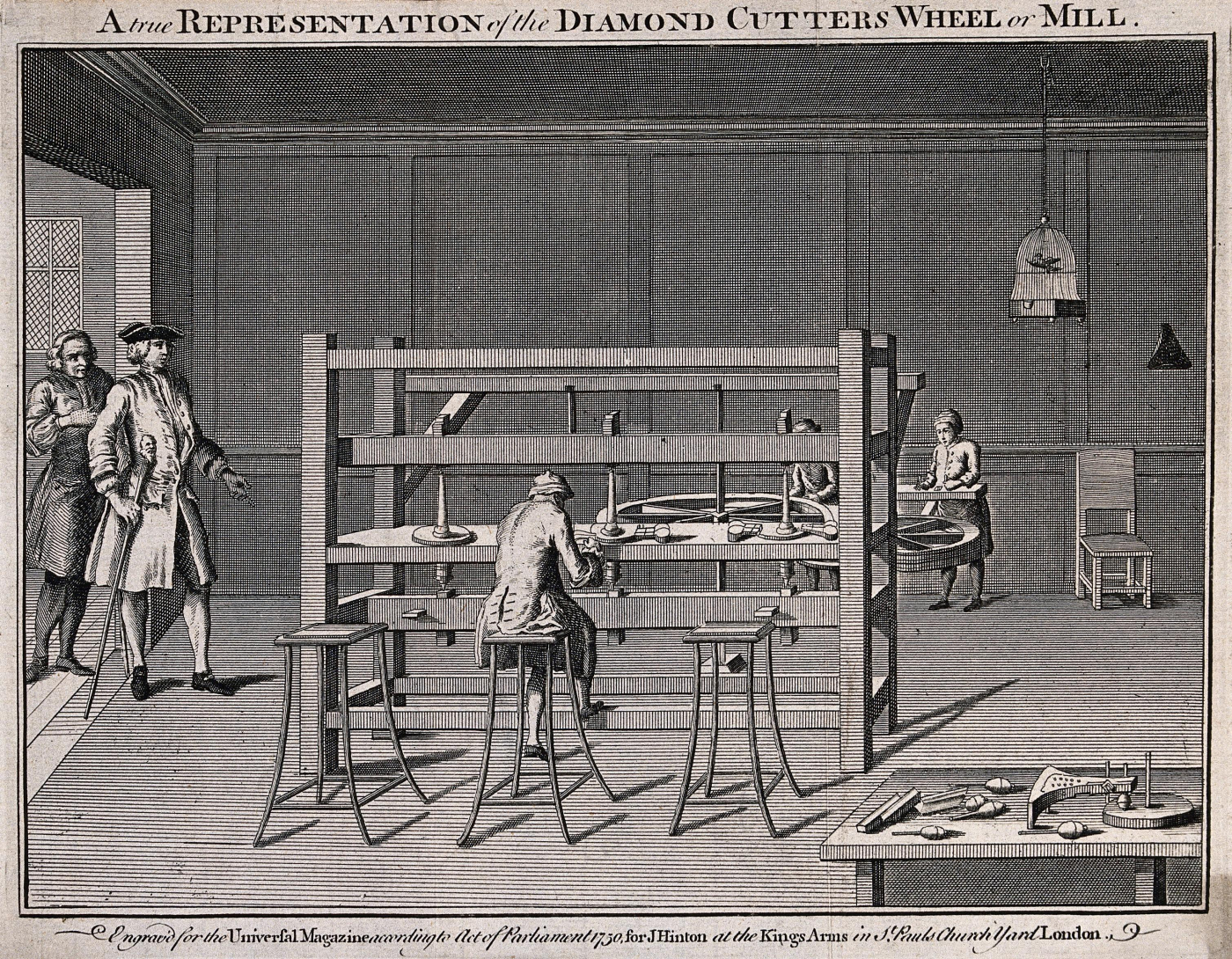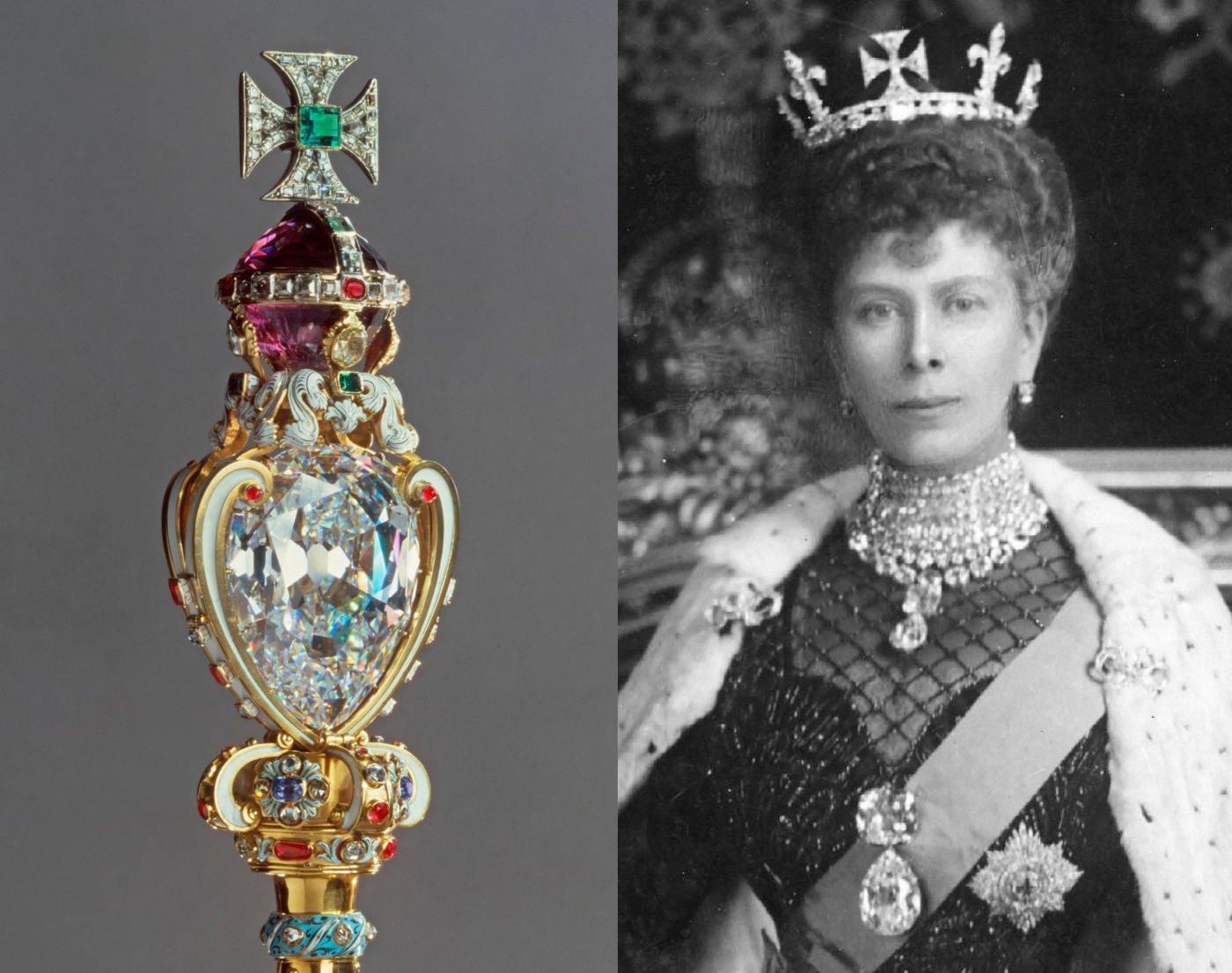Join us in our new series that explores the history of important diamond cuts

Pala Diamond Co. is a family run business with five generations of heritage in the trade, so it’s natural we feel an affinity for the history of diamond cutting. Because of this, we’ve decided to share a series of articles that discuss the birth and evolution of various stone cuts, including many of the styles available directly through us. Some cuts tell a story of technology and ingenuity, some reach far back into history and others were inspired by aristocracy; what they all have in common is that their designs have become timeless ways to bring beauty to a rough stone.
Some of the most interesting tales we’ve uncovered include the origin stories of the round brilliant, the marquise cut and the pear cut. The modern round brilliant represents an evolution in the quest for sparkle in a cut stone, reaching as far back to the known origins of diamond polishing in 11th century India. The marquise cut is the only style believed to take its name and design directly from aristocracy when the French King Louis XV commissioned a stone to match the lips of his lover, the Marquise de Pompadour; it is also the only stone cut to be inspired by the human form rather than a geometric one. The pear cut is also noteworthy as it has been used on some of the most significant diamonds ever, including the Florentine diamond, which is now lost to history, and the Cullinan I, which is the largest clear, shaped diamond in the world; the Florentine is also rumoured to have been cut by Lodewyk van Berquem, one of the most famous diamond cutters ever. These cuts are just a quick preview of the aspirations of great diamond cutters and the complexities of their ambition.

While writing these articles, we feel we’ve examined just how important the heritage of each cut is, and highlighted how they’ve shaped some of the most famous cut diamonds of all time. It shows how the diamonds we sell are not just precise artisanal creations, but a product of careful technological and historical evolution. They’re pieces of beauty and without the hard work and innovation of the generations that have come before us, we wouldn’t be able to offer them. We hope you enjoy reading about them as much as we have.
